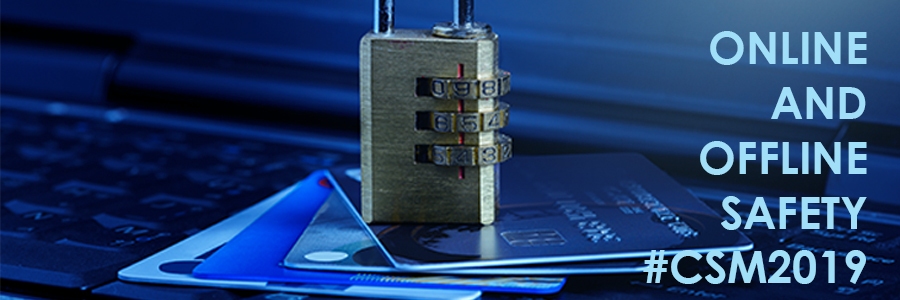
Not too long ago. The FaceApp craze had everyone sharing selfies of what they would look like when they got old. Created by Russians, this app allows individuals to upload images of themselves, which the app would then convert to an image of what they would look like when they are older. Everyone from celebrities to the ordinary man on the street were sharing photographs of themselves using FaceApp. By July this year, the app was the most popular on Apple and Android, with more than 80 million users worldwide.
The app’s popularity garnered media attention, and soon there were reports that FaceApp was accessing more than just the basic information that most users thought it was. Media reports stated that the app’s terms and conditions were very vague, making it difficult to assess what the app could and could not access.
The resulting hype pushed the app creator to respond, saying that the app could only access the photographs users uploaded. And even then, images were stored on its servers for just 48 hours, before being permanently deleted. Despite the public refutation of privacy invasion, there are still concerns that the creators accessed individuals’ personal information without their knowledge.
It is all in the Ts and Cs
When downloading a new application, no matter how popular it may be, always read through the terms and conditions first to make sure that you know what you’re signing up for, and what access the application will need to work properly.
If there is anything that makes you uneasy, rather skip the download. Also, be aware that even if an app has huge numbers of downloads or positive reviews, it doesn’t necessarily mean the app is safe – as these stats can be manipulated.
Be careful which WiFi you connect to
The UCT wireless network has the necessary security measures in place to ensure that when you connect, your online presence will not be compromised. The same can’t always be said about your home WiFi.
Many people believe that their home network is not at risk of being attacked because it’s so small, as compared to big corporates. Furthermore, many people don’t even change their network device’s default login details – which can leave them vulnerable to attacks.
Ensure your home network is secure by following these safety tips:
- Ensure all your devices and apps remain regularly updated.
- Delete any services or software that you no longer need, as these could be the ideal entry point to your network.
- Immediately change the default passwords of your devices. Hackers are well aware of the manufacturer’s defaults – making you an easy target.
- Use an anti-virus application.
- Set up a network firewall to add another layer of security against external threats.
- Regularly back up your data.
- Increase your wireless network’s security by changing default settings such as the administrator password and network name (also known as an SSID).
- If you’re not using your device’s WiFi or Bluetooth, turn these settings off.
- Be wary of who you give your wireless password to, as it can end up being shared with people you don’t know – including your neighbours.
- Keep track of who is using your network by monitoring via the router manufacturer’s website.
